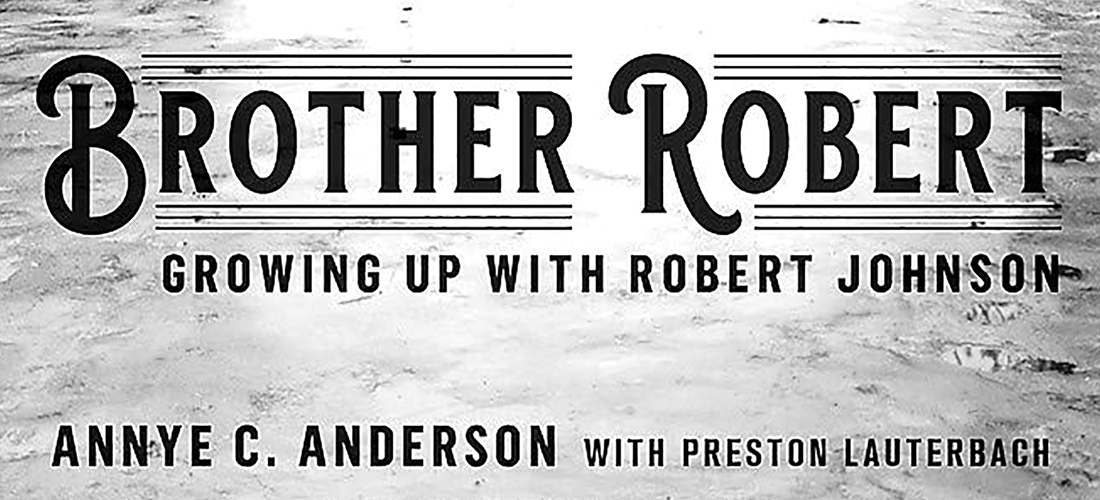Strawberry Fields Forever
Classic shortcake is nice. But it’s hard to beat this spirited twist on summer’s most luscious berry
By Jane Lear
Although it may sound strange, soaking, or macerating, strawberries in a mix of sugar, orange juice, and Madeira or sherry is far from a new idea. Macerated fresh fruit was a Victorian fad borrowed from the French, and in Miss Leslie’s New Cookery Book of 1857, by the popular American cookbook author Eliza Leslie, you will find “Strawberries in Wine.” There’s no citrus, but Miss Leslie does specify Madeira or sherry. The berries are “served at parties in small glass saucers,” she noted, “heaped on the top with whipped cream, or with white ice cream.”
My grandmother used glass saucers for serving as well — they hold the winey juices nicely — but her rationale behind macerated strawberries wasn’t a special occasion but a too-hot-to-bake day. By June, her house would be dim and shadowy, the tall windows shuttered to keep out the heat and bright shafts of sunlight.
Preparations for the evening meal — a pot of snap beans set to simmer, for instance — usually began in the cool of the morning, after the breakfast things were cleared away. A “strawberry bowl,” however, was left until the drowsy afternoon. I’d be pulled away from Nancy Drew to help wash a colander full of the ripe fruit (“always leave the caps on, dear, so they don’t get waterlogged”) and pat them dry with well-worn tea towels reserved for just that purpose. Trying to copy my grandmother’s neat flick of the wrist made quick work (or so I thought) of hulling.
You may wonder if a fortified wine such as Madeira or sherry — or port, if that’s your preference — will overpower strawberries, one of the softest, most perishable fruits, but I’m reminded of the “Nobody puts Baby in a corner” line from the movie Dirty Dancing. Although each wine adds its singular, supple balance of sweetness and acidity to the berries, the fruit not only holds its own but gains extra resonance. (The same is true of strawberries with balsamic vinegar, traditional in Modena, Italy, the home of aceto balsamico. For this, you need the best, oldest balsamic vinegar you can find; the kind that’s been reduced over time to a syrupy liquid.)
Strawberries need warm sunny days and cooler nights for peak flavor and fragrance. When shopping, look for even coloring (those with white shoulders haven’t had enough time to fully ripen) and a captivating aroma. Those that travel the least generally taste the best, so seek out local growers such as Lewis Nursery and Farms, a third-generation family operation that includes a U-pick (6517 Gordon Road and Highway 117 in the Wrightsboro-Castle Hayne community).
Whipped cream or vanilla ice cream à la Miss Leslie are perfectly fine accompaniments to macerated strawberries, but my grandmother’s favorite embellishment was actually an exercise in household economy: leftover (i.e., slightly stale) sponge cake or pound cake, cut into fingers or cubes and toasted. The end result was modest and restrained, yet completely refreshing, and afterward, everyone at the table stood up, ready for a game of cards or Parcheesi.
What I realize I’m ready for, though, is a set of Victorian cut-glass saucers. And maybe some Nancy Drew.
Strawberries with Madeira
and Orange
1 quart ripe strawberries
Sugar to taste
About 1/4 cup freshly squeezed
orange juice
About 1/4 cup medium-dry Madeira
or sherry
1. Quickly rinse the strawberries and pat them dry. Hull them with a paring knife and put the whole berries (halve them if large) in a serving bowl.
2. Generously sprinkle them with the sugar and gently stir in the orange juice and Madeira. Refrigerate, covered, until the berries release their juices and the flavors have a chance to play well together, about 2 hours.
Jane Lear, formerly of Gourmet magazine and Martha Stewart Living, is the editor of Feed Me, a quarterly magazine for Long Island food lovers.


